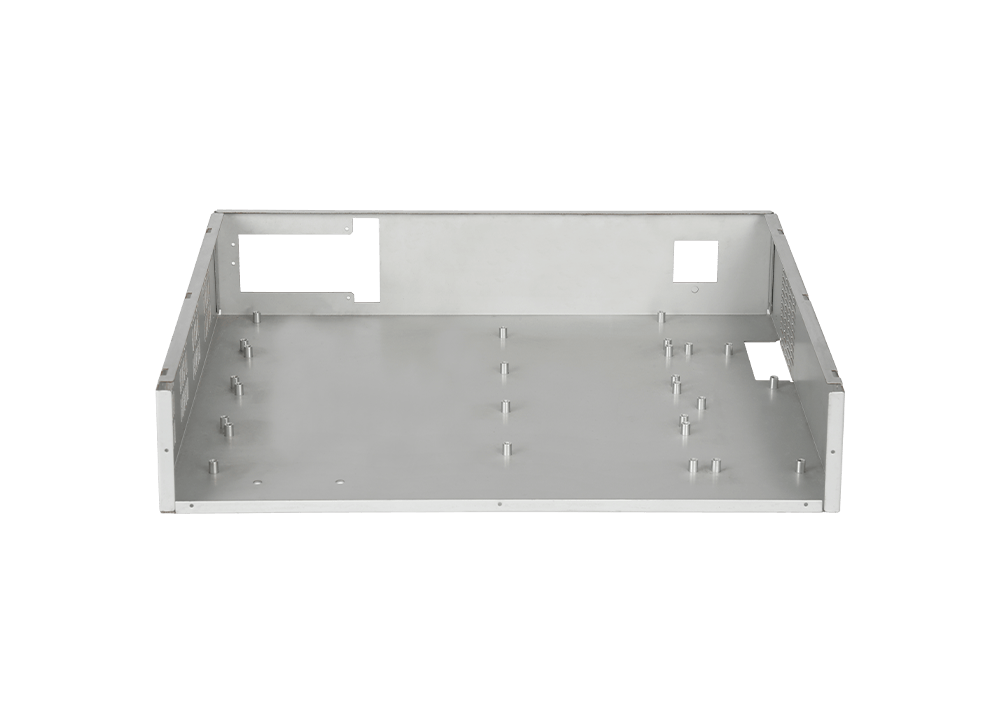Time:2023-07-05 Preview:
1. Classification according to process use:
1. General CNC lathe processing. This CNC lathe processing is the same as the traditional normal lathe processing. CNC lathes, milling machines, latches, drilling machines, grinding machines and other mechanical processing. This CNC lathe processing process may be similar to general machine tools. Component.
2. CNC lathe processing. This CNC lathe processing is developed on the basis of the processing of general CNC lathes. It is a CNC lathe with an automatic knife device (also known as multi -process CNC lathe or sink and milling processing center, which is usually referred to as the processing center), which further develops the processing of CNC lathes in the direction of automation and high efficiency.
3. Multi -coordinate CNC lathe processing. Some complicated parts, three -coordinate CNC cars cannot be processed, such as propellers, aircraft curved parts, etc., requires comprehensive motion above the three coordinates to process the required shapes. Therefore, the processing of multi -coordinate CNC lathe has appeared. It is characterized by the axis number controlled by the digital control device. The lathe structure is relatively complicated. The axis usually depends on the processing process requirements of the processing parts.
2. Classification according to the trajectory of CNC lathes:

1. Point control CNC lathe processing. This CNC lathe processing CNC device can only control the motion component of the lathe from one position to another position, that is, it can only control the coordinate value of the end point of the itinerary, and there is no cutting during the movement. As for the movement speed and route between the two related points, it depends on productivity. In order to improve productivity as much as possible on the basis of positioning, the move between the two related points is first moved to a new position by rapid movement, and then reduced by 1 to 3 to slowly approach the anchoring point to ensure its positioning accuracy
2. Point -line control CNC lathe processing. This CNC lathe processing must not only control the position between the two related points, but also control the speed and path between the two related points. The route is usually composed of a straight line parallel to each axis. The difference between the processing of control CNC lathes is that when the motion component of the lathe is moved, it can be cut along the direction of the coordinate axis (generally it can be cut along the 45 ° slash, but it cannot be cut in any direction). slope). The auxiliary function is more than the point -controlled CNC lathe, such as adding the spindle speed control, circulation to process, processing, and tool selection.
3. Control control CNC lathe processing. This CNC lathe processing control device can continuously control two or more coordinate axes at the same time. Machining must not only control the starting point and end point, but also control the speed and location of each point in the entire processing process, so that the drawing requirements of the complicated shape parts of the CNC lathes meet the requirements of the complicated shape parts. Its auxiliary functions are relatively complete.
 Related News
Related News·Key points for operating CNC machining centers ·The real reason why shield clips are replacing shields ·Reasons for insufficient air pressure in the profile processing center of a large gantry drilling ma ·The main role of the connector contact plating using the electroplating process ·What are the applications of large CNC machining centers? ·Explain the pinhole problem of hardware die castings? ·CNC lathe processing ·How to choose a suitable engraving machine in practical applications ·CNC parts processing process process process is excessively decentralized · CNC processing


